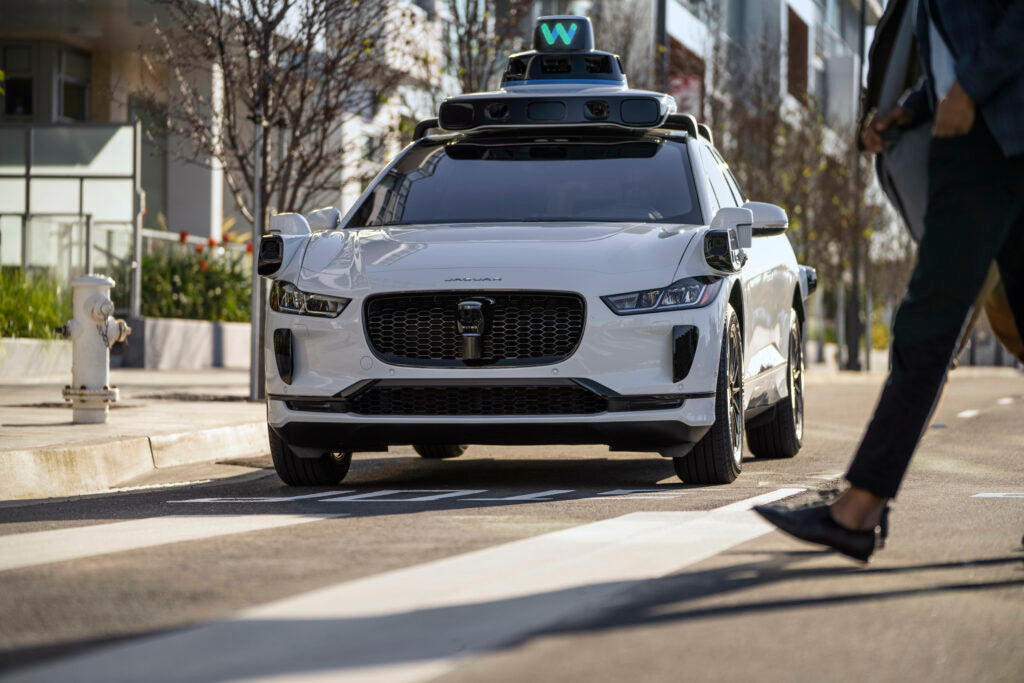
Software-defined vehicle advances to AI-defined automaker
Share
Thirty years ago, the introduction of electronic devices marked a major shift in the automotive industry, requiring new skills and work methods. The advent of active safety features, autonomous driving capabilities and digital cockpits accelerated this trend. The advent of over-the-air (OTA) upgrades ushered in a new era, allowing vehicles to evolve after market release, integrating new features and services that customers were willing to pay for. This is the era of software-defined vehicles, where software activity is largely limited to in-vehicle features.
The situation evolved further with the release of ChatGPT by OpenAI in 2023. This development has made the industry realize the potential of generative AI and the impact that new applications and services will have on their business. Capgemini estimates that 16% of large automotive OEMs could increase operating profits by deploying AI at scale.
Artificial intelligence can not only improve the functionality of vehicle interiors, but can also increase the efficiency of the entire automotive production process. This includes designers using AI-generated images to visualize new vehicles, design and engineering teams using generative AI application programming interfaces to connect their tools to build digital twins of their facilities, and marketing and retail sales departments employing generative AI tools to brainstorm and develop marketing copy and advertising campaigns.
With most automakers evaluating 100 to 150 AI deployment use cases, it's hard to think of a single function that won't be improved by generative AI. This shift will usher in a new era of “AI-defined automakers.”
The situation evolved further with the release of ChatGPT by OpenAI in 2023. This development has made the industry realize the potential of generative AI and the impact that new applications and services will have on their business. Capgemini estimates that 16% of large automotive OEMs could increase operating profits by deploying AI at scale.
Artificial intelligence can not only improve the functionality of vehicle interiors, but can also increase the efficiency of the entire automotive production process. This includes designers using AI-generated images to visualize new vehicles, design and engineering teams using generative AI application programming interfaces to connect their tools to build digital twins of their facilities, and marketing and retail sales departments employing generative AI tools to brainstorm and develop marketing copy and advertising campaigns.
With most automakers evaluating 100 to 150 AI deployment use cases, it's hard to think of a single function that won't be improved by generative AI. This shift will usher in a new era of “AI-defined automakers.”
